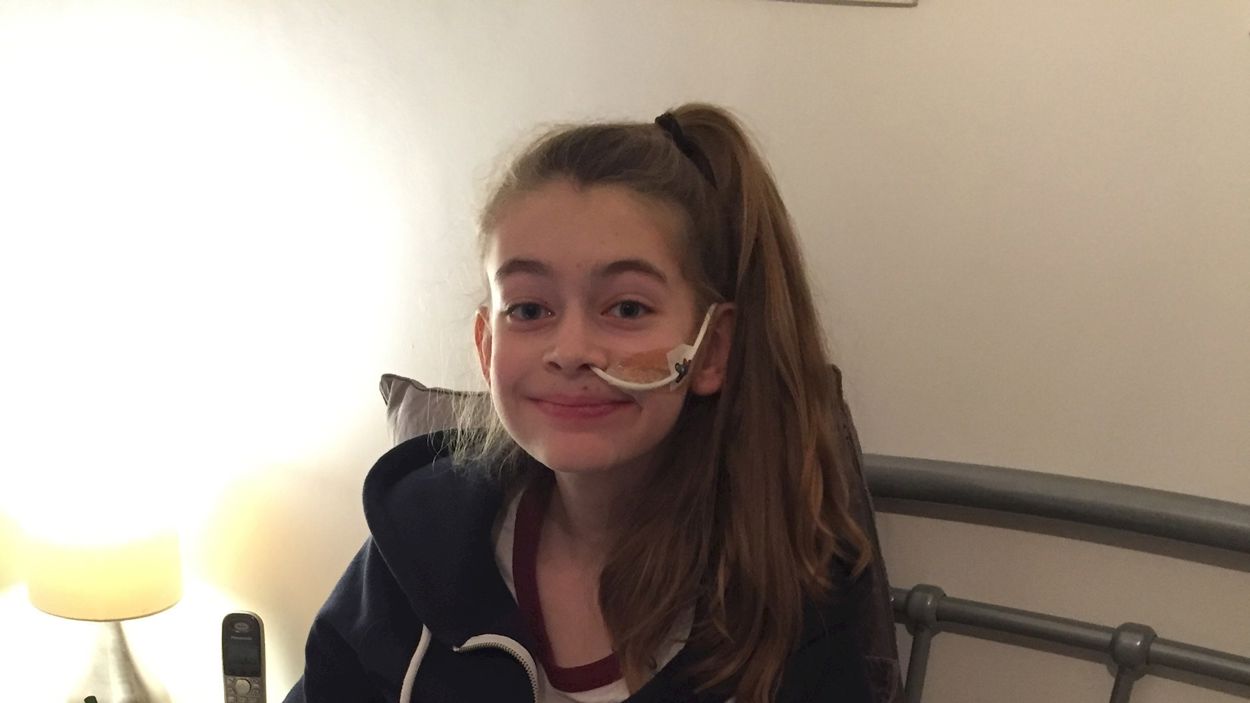If I had my arm in a plaster, people could understand
what is IBD?
Inflammatory bowel disease (IBD) is a life-long condition, which is very unpredictable and can have frequent flares and relapses. There are two main types of IBD, Crohn’s disease and Ulcerative colitis. IBD is increasing in incidence and is affecting children at a much younger age. IBD is not contagious. It should also not be confused with irritable bowel syndrome (IBS), a less serious condition.
When IBD is active, pupils will need regular and prolonged access to toilets, as a common, embarrassing and distressing symptom is frequent diarrhoea. However, the impact of the disease is wider and many children suffer especially with fatigue and pain, fever, nausea, loss of appetite, loss of concentration and lack of energy. Some children also live with pain and inflammation of the skin, joints and eyes. Some children may suffer from peri-anal Crohn’s disease, this can cause pain and/or discharge, and may require surgery to the area around the bottom.
Many children with IBD are small for their age and puberty is delayed, making them appear younger than their classmates. Combined with the strain of living with their condition, this can make them become withdrawn, anxious and depressed. Relapses can be particularly difficult to deal with emotionally.
Children with IBD require treatment with medicines. Steroids are a common treatment and have distressing side effects, which affect a child’s appearance (e.g. weight gain, puffy face and acne), mood and behaviour. Others suppress the immune system, leaving children more vulnerable to normal infectious diseases like chicken pox. Some children will also have a nutritional feed via a nasogastric tube.
Children with IBD will need to visit hospital for regular routine appointments and for invasive investigations, including endoscopy. Some children will require surgery to remove diseased sections of the bowel. Some may need a stoma as part of a colostomy or ileostomy procedure.
primary schools
It can be easier to support a child with IBD in primary school than in secondary school, as children typically have one or two class teachers and teaching assistants who know them well and can liaise with parents about a child’s health, treatment and specific needs.
secondary school
Coping with secondary school for children with IBD is a challenge. Most children will have between 12 and 16 teachers and move around the school for different subjects. Urgent access to clean and private toilets is the most pressing concern for children, so it is important for all a child’s teachers to be aware of their IBD and understand the impact this can have on their attitude and behaviour in school.
Children may arrive at secondary school with a diagnosis and their needs can be considered as part of the transfer from primary school, or they may become ill and get a diagnosis while at secondary school. Diagnosis of a life-changing and life-long condition has a significant
emotional impact. Most people will go through a grief cycle of denial, anger and depression before reaching acceptance, and young people are no exception.
It is important that subject teachers are aware of the physical and emotional impact of IBD. The key points for subject teachers are set out in a single-page summary leaflet, available from CICRA.
We have copies of this information in leaflet form to give to teachers. Many children will also carry a Can’t Wait card and teachers should be made aware of the Can’t Wait scheme and allow children who have a card to leave the class without further explanation
download our resources for schools
We can send you copies of the information on our web pages, or you can download them now from this website
resources for schools